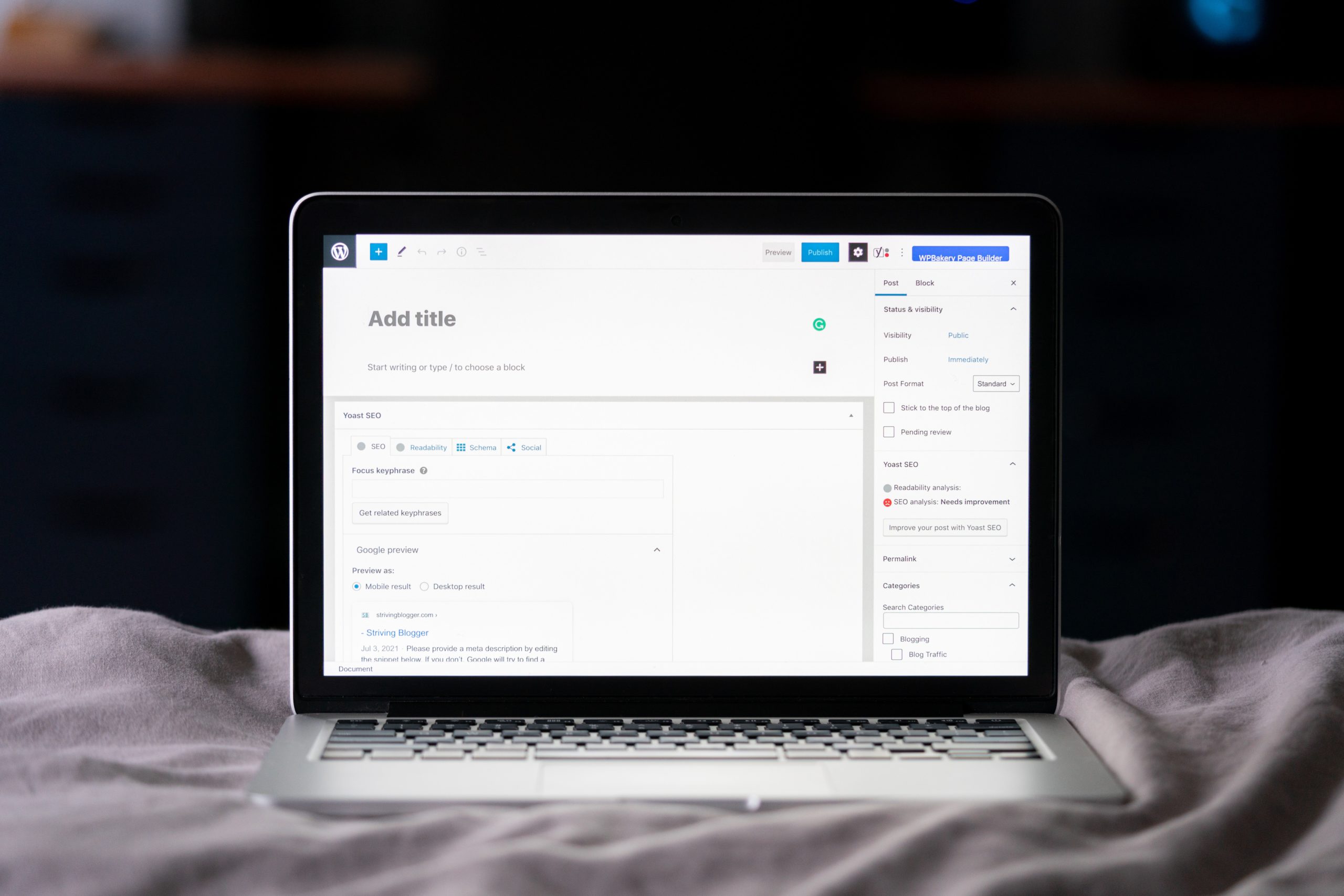
The Do’s of Blogging
So, you want to start a blog? Whether you’re adding one to your website or creating a website around your blogging, there are a few things to keep in mind when it comes to your blog. First, blogs are a great way to increase SEO value and drive quality traffic to your website. From types of content to frequency, here are a few things to do to increase your chances of blogging success.
-
Be consistent
Consistency is vital for SEO, building a loyal audience, and growing awareness. For you, this could mean once a month. But if you want to get your blog off the ground, we recommend posting at least once a week. Having keyword-rich, relevant, regularly consumable content will be great for your audience and rankings. Also, if you are having trouble coming up with new content regularly, there are companies out there who are devoted to writing blogs for you based on your specific industry. So, if you don’t have the time, there are other ways of regularly posting content.
-
Toe the line between catchy and clickbait
Especially when it comes to the title, or headline, of your blog, you want it to grab people’s attention. You want the title to be intriguing while also acting as an elevator pitch for the article. But there is a line in the sand where the title goes from catchy to spammy, so be wary. Search engines are not fans of spam. Having irrelevant keywords or nonsensical phrases will lower your rankings and domain authority with search engines, taking you two steps back in your website optimization. You can make sure you’re staying on the right side of the line by making your headline informative, tonal, and memorable.
-
Include links
If you know anything about SEO, you know that cross-linking is essential. Whether cross-linking within your site or to another external website, links encourage people to move throughout the site. Think of your digital presence as a web. You can spin a small one by creating a website, then making it even more significant by adding a blog. Adding links throughout makes the discovery of greater knowledge attainable to your audience and more noticeable to search engines. As a result, you are growing your digital presence and your traffic.
-
Include image(s)
The words may be what readers remember, but a picture is worth a thousand words. The majority of people are visual learners and absorbers. They need something pleasing to the eye to draw them in and make them stick around long enough to read the article. I love a good infographic; it gives me a sense of what I’m getting into and leads me to learn more! Adding at least one image is key to keeping readers on the page and getting them to finish the piece, maybe even getting them to look around your site a little more. Don’t forget to add alt-titles and text to your images for functionality and accessibility purposes.
-
Create evergreen content
When it comes to your content, find a topical topic and go to work! With this in mind, it’s still important to remember to keep your content evergreen. You never know when someone will be seeing your page or how long it ranks on search engines, so you want to make sure it’s relevant no matter when someone is reading. This does, of course, exclude articles on trends and analytics. But even those become resources to reference in the future. They become time capsules, in a way. So remember, no matter what you’re writing about, make sure the information will be relevant for a time, whenever possible. And to archive any old underperforming blogs that are no longer topical.
-
Break up content into multiple entries
A common mistake of fledgling bloggers is to include far too many topics in one blog. This is where content planning becomes essential for your blog. Perhaps a topic is too large to tackle in one blog, so look to turn it into an ongoing series. The first blog should be an overview of the subject and introduce the parts that make up the whole of the series. Then all subsequent blogs reference the original and link between each other. So that mid-read, your visitors can quickly reference past information that may be important for understanding this piece of the series. If your topic is fascinating and your writing style engaging, readers will come back for the following entries of the series.
With all these tips in mind, now is the time to start a blog! If you consider yourself opinionated or an expert in something, there’s no reason why you shouldn’t share those thoughts. There is an audience for every topic. Blogs are a way of grabbing people and saying, “Hey, I thought about that too!” It also helps with overall website performance and rankings, which doesn’t hurt. For more tips and tricks to improve your website SEO, visit our social media channels and stay tuned for more from Ruby Porter Marketing and Design.



